
How to Make Hollandaise Sauce
Make your holiday brunch special with this creamy, dreamy sauce.
This rich, lemony sauce transforms run-of-the-mill eggs or steamed vegetables into a delicious splurgeworthy meal, but it’s got a reputation for being finicky. Luckily, with this easy guide, hollandaise sauce can be easy (save a little elbow grease) and once mastered, it will become your favorite sauce.
1 Separate the Yolks
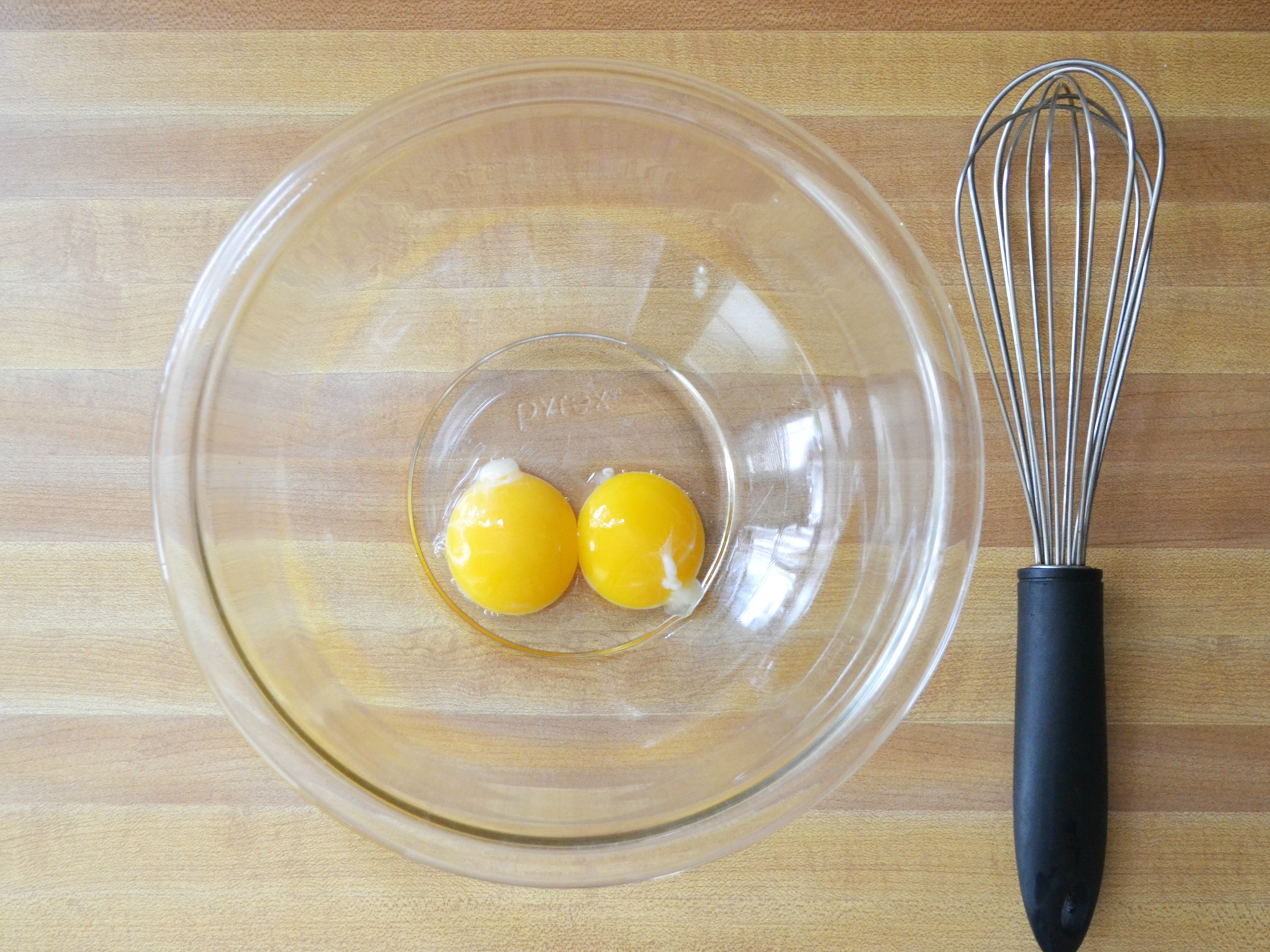
Start with two eggs and separate the egg yolks from the whites. Place the yolks in a large glass or stainless steel bowl, along with 1 tablespoon of water.
2 Combine Eggs & Water
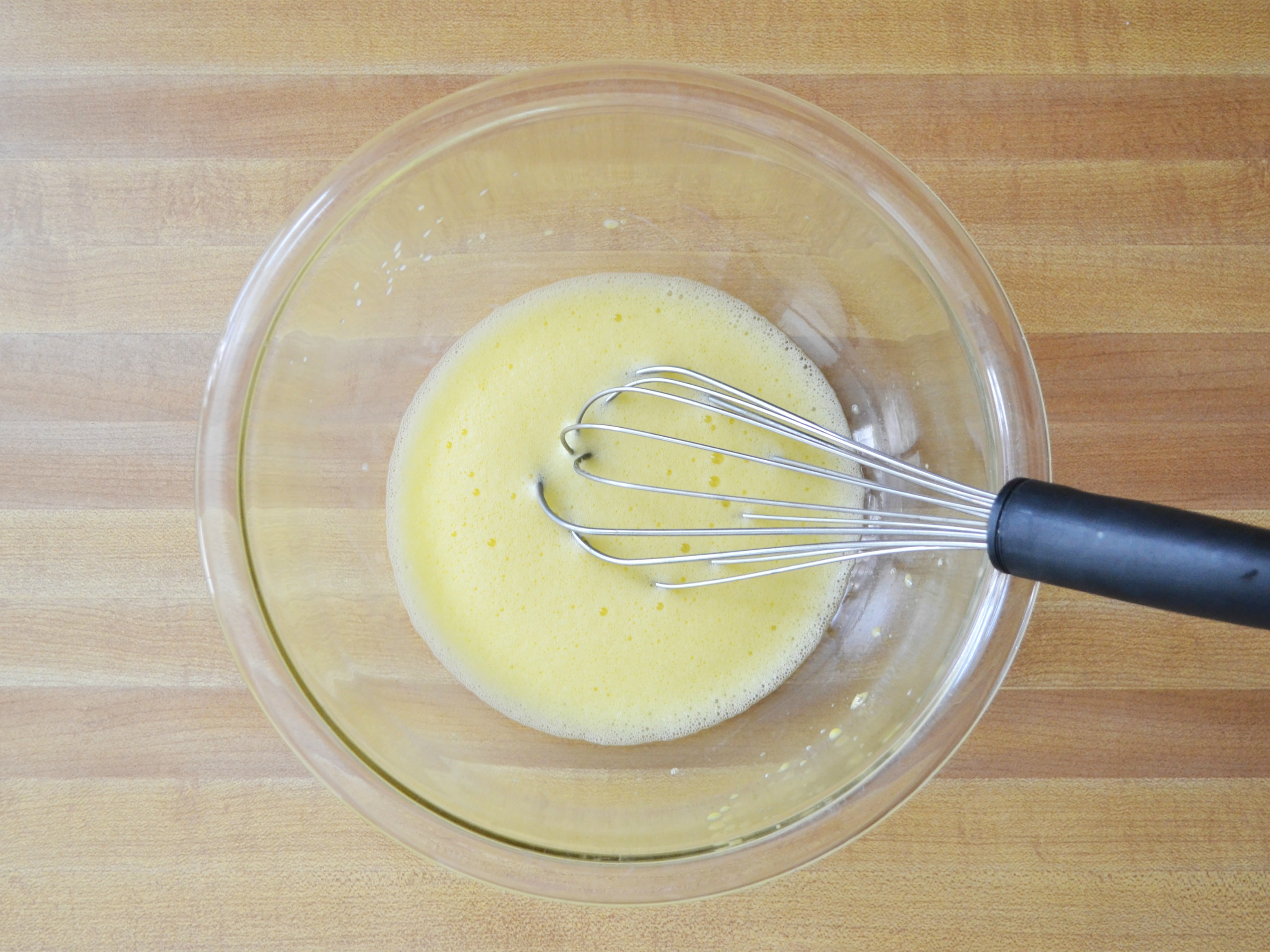
Whisk the egg yolks and water together until they are evenly mixed, frothy and a light yellow color. This is the first step in the emulsion process, which will eventually create the creamy texture of the final sauce.
3 Heat the Sauce

Prepare a double boiler by placing an inch or two of water in the bottom of a sauce pot. Make sure the pot is small enough to hold the bottom of your glass bowl above the water. Place the pot over a medium flame and allow the water to come to a simmer.
Once simmering, place the bowl with the egg yolks on top of the pot and whisk vigorously until the egg yolks become thick and creamy (about 5 minutes).
4 Whisk Away

Whisking the eggs while they’re on the double boiler creates body for the sauce. Make sure to whisk continually and scrape down the sides of the bowl to prevent the eggs from "cooking." Go slowly and remove the bowl from the double boiler occasionally if the sauce begins to thicken too quickly.
5 Make a Butter Decision

Butter gives the sauce weight, a smooth mouthfeel and a satiny finish. There are several methods of incorporating butter into the hollandaise and each will produce different results. Some chefs prefer to whisk cold butter into the sauce (while on the double boiler), which creates a dense, satiny sauce. Others swear by using only warm clarified butter. Clarified butter has had the milk solids removed and will produce the smoothest sauce and best emulsion.
6 Whisk Butter
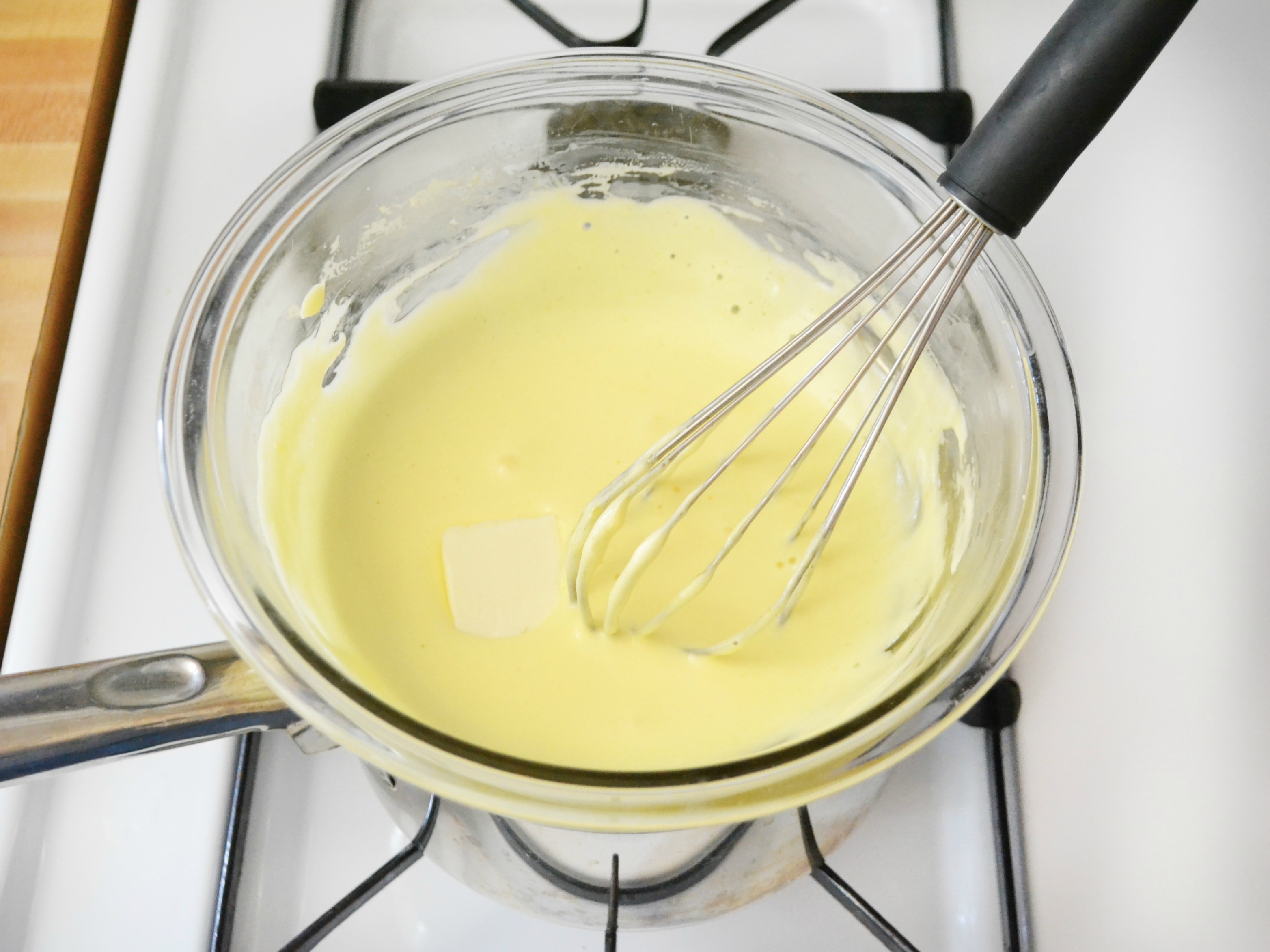
Another great method for incorporating butter is to whisk room temperature butter into the sauce while on the double boiler. Setting the flame under the double boiler to the lowest setting will provide enough heat to melt the butter without overcooking the egg. This method produces a light, airy sauce without the extra step of melting the butter. Make sure to only incorporate 1 tablespoon of butter at a time to prevent breaking the emulsion.
7 Add Lemon
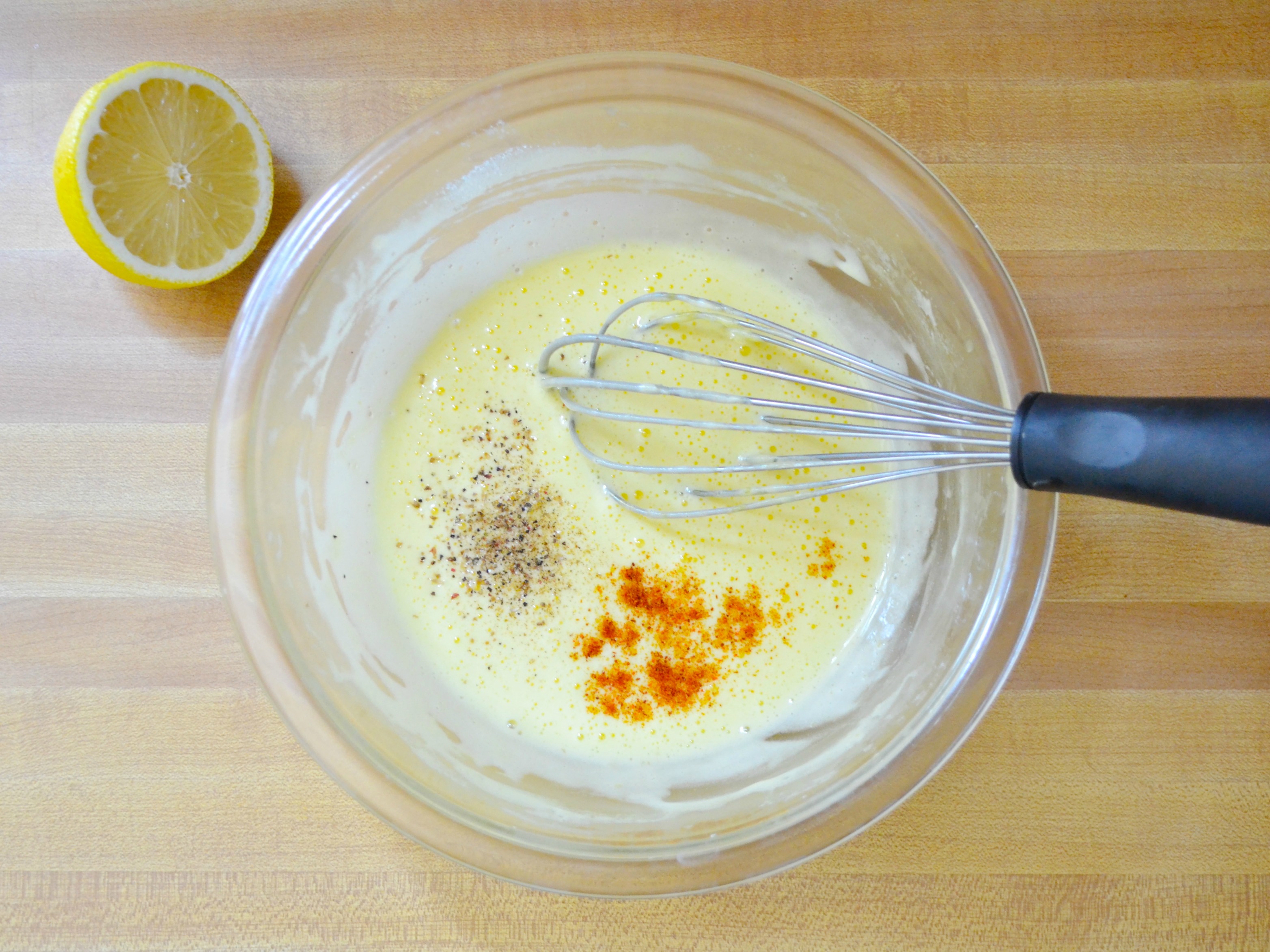
Whisk 1 teaspoon of freshly squeezed lemon juice into the sauce, along with 1/8 teaspoon of salt, a pinch of cayenne pepper and some black pepper. Taste the sauce and adjust seasonings as needed. Note: Adding more lemon juice will thin the sauce.
8 Serve & Enjoy

This method provides about 1 cup (about 4 servings) of hollandaise sauce. Your sauce should be made just before serving, but it can be kept warm for about an hour by keeping a container of sauce in a bowl of warm water. Holding the sauce longer than 2 hours may cause a food safety hazard, so keep an eye on the time.
9 Not Just for Breakfast
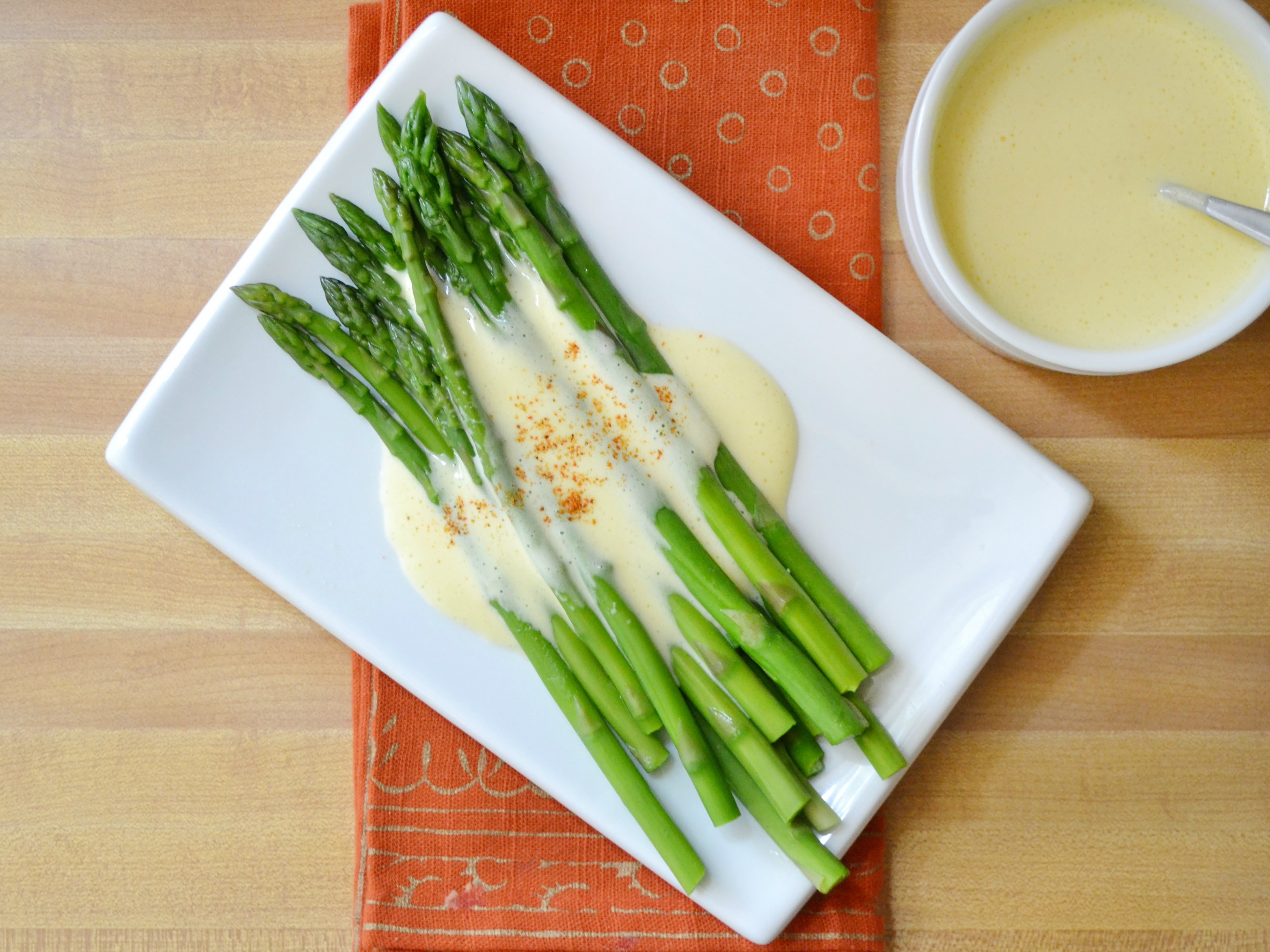
Although hollandaise sauce is best known for its use in eggs Benedict, it's also a great alternative to plain butter on a number of dishes, including steamed or roasted vegetables, potatoes, casseroles, pasta, steak, or even fish.
Find more helpful how-tos here »
Plus: Get a full recipe for hollandaise sauce »
Don't Miss:
• How to Make Caramel »
• How to Make Fondant »
• How to Eat a Pomegranate »
